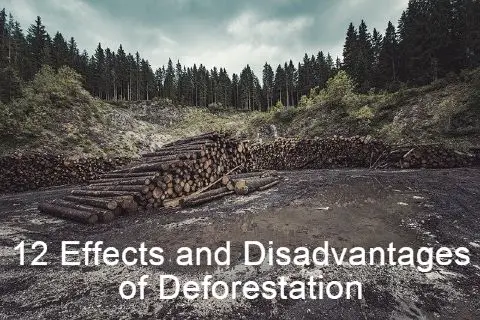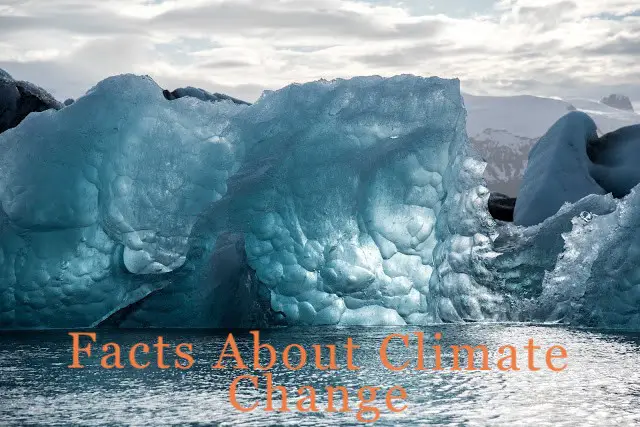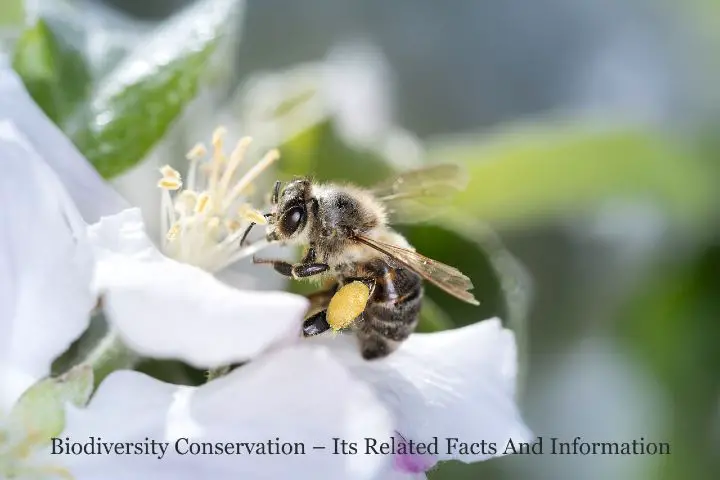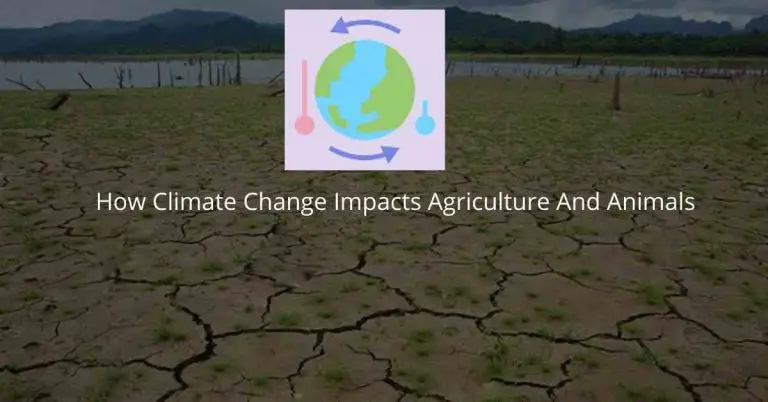Diseases caused by Land Pollution?
The highest part of the Earth’s surface is called the ground. Soils are formed on the surface of the earth by inorganic factors in the form of water and heat, and by biological components such as plants and microorganisms.
About 1/4 of the Earth’s surface is Land, but currently half of the population is unfit to live due to polar regions, desert sites, and mountains. Although man has acquired the ability to change the structure of the earth, it is only possible on a small scale.
Converting dry areas like the Sahara and the Gobi Desert and North Africa into habitable or fertile land is still beyond manpower.
The soil is inhabited by countless microorganisms that reduce soil contamination to its potential and increase soil fertility by activating the decomposition of all the wastes contained in the soil.
But due to the increasing effect of water pollution and air pollution, land pollution is also spreading rapidly. Soil fertility becomes very weak due to soil contamination. Sometimes the ground dies, which can also be called wasteland. In this article, we will try to understand and know about diseases caused by land pollution.
Factors responsible for the spread of the disease.
|
|
Increased agricultural production due to excessive amounts of chemical fertilizers and the accumulation of various types of waste have resulted in land pollution. |
|
|
Different types of fertilizers are added to the fields to increase crop yields. |
|
|
These compounds are made up of various chemicals that pollute the soil. |
|
|
The biological property of the soil is also depleted due to groundwater contamination. |
|
|
These fertilizers increase crop production, but they also contain toxic substances that enter the human body through fruits and vegetables and seriously affect human health. |
|
|
Also, the food produced from that soil is not beneficial to health. |
|
|
Additionally, water contaminated by industrial waste and synthetic organic chemicals in industrial areas causes chemical soil contamination. |
|
|
Soil degradation is an additional problem due to large-scale deforestation, making things worse. |
Effect of land pollution on human/animal health
The contamination has spread to the ground due to the spread of solid waste and the leakage of chemicals. The presence of unwanted man-made materials in the soil mainly includes pesticides, petroleum hydrocarbons, polycyclic aromatic hydrocarbons (PAH), and heavy metals.
That they are seriously harmful to human health and other living beings. Hundreds of animals and birds die each year from ingesting contaminated food and polyethylene, etc.
The unscientific use of chemical fertilizers and pesticides causes great harm to the environment. This increases the risk of disease in animals and increases the risk of cancer in men 6 times.
The excessive use of synthetic fertilizers has caused great damage to the environment and affected human life. Crop production has also decreased due to the deterioration of soil quality due to the use of chemical fertilizers. This negatively affects the health of humans and the health of animals.
What are the diseases caused by soil pollution
The deadly effects of chemicals in the soil affect human health. Burning polyethylene waste releases toxic gases such as carbon dioxide, carbon monoxide, and dioxin. In this way, the risk of respiratory, skin, stomach diseases, etc. increases.
In general, chemicals placed on construction sites can contaminate the ground. Keeping chemicals like (PAHs) open increases the level of risk because they spread easily in the air (as microorganisms).
Additionally, construction site dust mixes easily into the air, which becomes even more dangerous due to the presence of microscopic particles (less than 10 microns). This type of dust on the construction site can cause pig-related illnesses, asthma, bronchitis, and even cancer.
The indiscriminate use of chemical fertilizers has polluted the soil and negatively affected its physical, chemical, and biological properties. For example, due to the continuous use of ammonium sulfate, while crops use ammonia, sulfate ions gradually increase in the soil, making the soil acidic.
Similarly, the result is also the frequent use of sodium nitrate and potassium nitrate. The crop absorbs the element nitrate and increases the amount of sodium and potassium in the soil.
As a result, the soil structure is adversely affected. Not only this, but plants can also use only a fraction of the nitrate elements in fertilizers, and the rest is stored in the soil, which increases the concentration of nitrate ions in the soil along with rainwater. Using this water increases the chances of a disease called ‘methemoglobinemia’ and ‘blue baby disease’ in newborns.
In methemoglobinemia, an abnormal amount of methemoglobin (a form of hemoglobin) is produced that can result in oxygen but cannot effectively deliver it to the tissues of the body. According to research, these nitrate ions can be the cause of diseases like cancer.
The Health Research Department has stated in its report that the fertilizer contains heavy metals, including silver, nickel, selenium, thallium, vanadium, mercury, lead, cadmium, and uranium, which pose a direct threat to human health. They lead to many types of kidney, lung, and liver disease. Fertilizers increase the risk of brain cancer, prostate cancer, colon cancer, lymphoma, and white blood cell deficiency by more than six times.
The production of artificial organic chemicals has quadrupled worldwide in the last decade. According to recent estimates, more than 4 million chemicals have been isolated or synthesized from natural materials. More than 60,000 of these chemicals are used in our daily lives: about 1,500 chemicals are used in pesticides, 4,000 in medicines and semi-medicines, and 5,500 as active ingredients in food.
The remaining 49,500 can be broadly classified as consumer products such as industrial and agricultural chemicals, fuels and lacquers, cement, cosmetics, plastics, and fibers. Some or all of these chemicals take the form of air, water, and soil pollutants in our work and residential environments.
For chemicals released during production and use, the entire environment becomes a “trash can.” If the process of chemical contamination continues uninterrupted, the existence of life will be in danger.
Nitrous oxide gas is formed through the use of chemical fertilizers. It is a powerful greenhouse gas that raises temperatures. Fertilizers make up 77 percent of the total nitrous oxide in agricultural soils. The problem of groundwater pollution has also increased due to the excessive use of nitrogen fertilizers.
Diseases caused by land pollution in India
The use of chemical fertilizers is the latest example in agricultural states like Punjab and Haryana. According to data from 2013-14, the order of use of nitrogen, phosphorus, and potash in Punjab was 56.8, 13.5, and 1 respectively, while in Haryana 64, 12.8 and 1 and the scientific proportion it was 4: 2. Soils in different parts of the country are deficient in 89% nitrogen, 80% phosphorus, 50% potassium, 41% sulfur, 49% zinc, and 33% boron.
The relationship between cereal production and fertilizer consumption in Punjab, which is the most chemically consumed state in the country. Between 1992 and 2003, there was a decrease in cereal production in Punjab. The quality of the fertile soil in Punjab is declining considerably, which is showing a deterioration in agriculture in Punjab.
A survey conducted by Greenpeace in the “Live Soils Campaign” in Punjab in 2010 revealed that the use of chemicals in Punjab has increased by an excessive amount. In the last forty years, the use of urea alone in Bathinda has increased by 750%. The survey also revealed that farmers are aware of the damage caused by chemicals, but do not have the option not to use them.
Has the incidence of cancer increased
Farmers in Bhatinda, Faridkot, Moga, Muktsar, Ferozepur, Sangrur, and Mansa, etc., suffer from cancer in great numbers. Studies by the Punjab University Center for Science and Environment and (PGI) Chandigarh have revealed that the prevalence of cancer in these districts has reached alarming levels due to excessive use of pesticides. The Punjab government has now banned pesticides whose effects have proven dangerous in a certain province.
Pesticide ban by the European Union
The European Union for the Protection of Bees (EU) recently banned pesticides made from chemicals called neonicotinoids for two years. Some countries like Germany, France, and Italy have already banned neonicotinoids. The European Union says that when bees drink the juice of the flowers affected by the spraying of these pesticides, they come into contact with them, causing them many diseases that lead to death.
Poisonous groundwater
A very small proportion of pesticides are used to protect crops from disease, which serves its true purpose. A large part reaches our various water sources and contaminates groundwater. Due to the release of these chemicals into the soil, groundwater in many places has become extremely toxic. Not only this, but these chemicals are also mixed later in rivers, ponds, etc., which affects aquatic animals, animals, and birds.
Today, no food is isolated from the effects of pesticides. Food, vegetables, milk, canned goods, soft drinks are pesticides on all materials. According to research reports, people who use these items today suffer from cancer. Meat and fish are also not exempt from the effects of pesticides.
Chemicals are also found in the food that we feed to animals. Therefore, whoever eats the meat of these animals will also suffer from diseases. Animals such as cow, buffalo, sheep, goat, etc. they are becoming poisonous.
Research has found that breast milk has also been affected by the presence of pesticides in the body. The soil is rapidly deteriorating due to the use of chemical fertilizers. The harmful component due to soil contamination is reaching crops. As a result, soil quality is rapidly decreasing and land pollution causes diseases.








